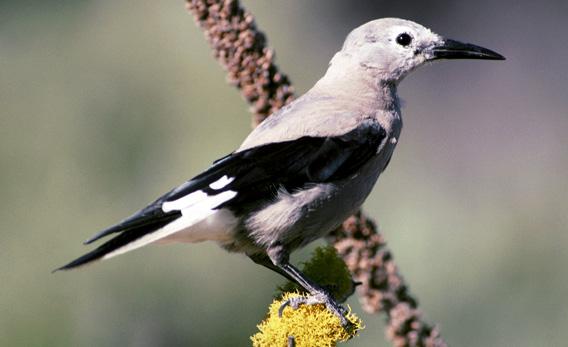It’s Saturday; you’ve got errands to run. Your spouse wants bread from the bakery, you need to pick up the dry cleaning, your kids need new shoes, and you’ve got a dentist appointment. None of this is any fun, so you might as well do it as quickly as possible by calculating the fastest and most efficient route that takes you to each stop.
Who should you ask to help you plot your path: a mathematician or a honeybee?
It may seem like it should be a matter of simple math, but the solution to this so-called “traveling salesman” problem is surprisingly elusive. The issue was first identified in an 1832 brochure for actual traveling salesmen in Germany, but mathematicians only began seriously investigating it 100 years later, when Karl Menger and Hassler Whitney proposed the problem at Harvard and Princeton, respectively. (Which institution has a stronger claim to the genesis of the puzzle remains a point of debate for both Ivies.) Menger and Whitney both discovered that the number of possible routes between stops increases exponentially with each additional destination. In a typical model, for instance, three stops yield six routes, while eight stops yield 40,320. As the number of potential routes skyrockets, it becomes nearly impossible to account for the nuanced differences in distance between potential routes—differences that can add up after only a few stops. Computer scientists have recently proposed various algorithms to solve the problem, and one professor seems to have actually found a solution. His wildly complex computer program, however, is probably inapplicable to your weekend chores.
That’s where the bees come in.
Researchers at University of London have discovered that bees calculate the fastest route among the flowers with the most pollen and nectar. By setting up five artificial flowers in a pentagon shape and tracking each bee’s path, the researchers discovered that every bee optimized its route, visiting the highest-reward flowers in the shortest possible amount of time. It took only a brief moment of exploration of the fake flowers for the bees to calculate a perfect route, and each seemed to accomplish the feat independently—no groupthink or supercomputer required. The bees were especially keen when faced with the issue of short-term inconvenience for longer-term reward, going slightly out of their way to visit the higher-yield flowers even when it cost them a few seconds of travel time.
And it turns out bees aren’t the only animals that beat humans to solving the traveling salesman problem. Researchers at the University of New Hampshire have suggested that birds called Clark’s Nutcrackers perform a similar algorithm when collecting the 30,000 pine nuts they bury in 5,000 caches throughout the winter. Clark’s Nutcrackers, the researchers speculated, use landmarks to remember the location of each stash and calculate the fastest route between each bush or rock when collecting their nuts. Even more impressively, the birds could use dead reckoning, an ability to return directly to an earlier spot without the use of visual aids.
How do these brilliant creatures do in their tiny brains what humans still struggle to do with computers? Nobody really knows. Evolution must have favored faster-calculating brains—the savvier birds and bees found more food faster and had more offspring—but the specific mental mechanism behind these calculations remains unknown. It’s also not clear what, if anything, humans can learn from the animals’ problem-solving abilities, though in theory we might be able to utilize their physical and mental prowess to maximize human efficiency. That was one of California governor and railroad magnate Leland Stanford’s goals when he asked Eadweard Muybridge to capture a horse’s gallop on his zoopraxiscope: Stanford, a consummate industrialist, was always looking to build a better machine and wasn’t above cribbing a few tips from the animal kingdom.
Although Muybridge’s motion picture never led to a galloping train (Amtrak’s Northeast Regional may come close), inventors and businessmen alike were inspired by the elegant efficiency of a horse’s trot. There’s no reason that kind of inspiration shouldn’t continue today, mixed, perhaps, with a bit of awe at the genius of supposedly lesser creatures. As humans become increasingly isolated from the rest of the animal kingdom, the traveling salesman problem is an important reminder that no matter how much we innovate and calculate, we can still get scooped by bees.
